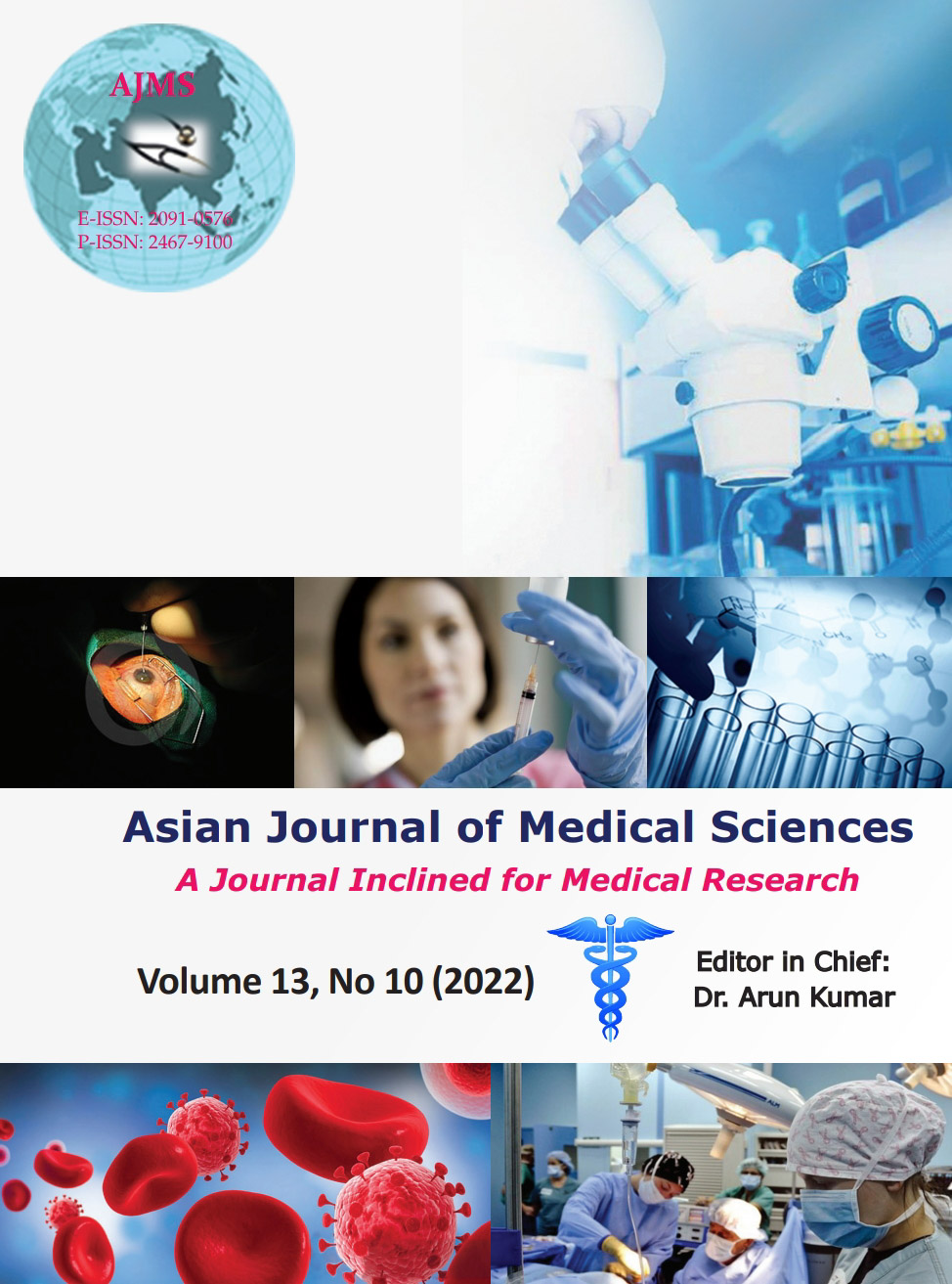The Brunner’s Gland Lesions: An uncommon entity mimicking malignancy
Keywords:
Adenoma; Kocher maneuver; Whipple operation; HamartomaAbstract
Brunner’s gland hyperplasia (BGH) or adenoma is an uncommon benign lesion which mimics malignancy in the duodenum. In the present study, five cases of BGH were reported, out of which one case was presented with large size measuring 5.54×4.05 cm, which has not been yet reported. Computed tomography demonstrated a large obstructing polypoidal mass, on esophagogastroduodenoscopy demonstrated polypoidal growth, and histologic examination revealed brunner’s gland adenoma. Most of the cases presented with gastric outlet obstruction and upper gastrointestinal bleeding with other non-specific symptoms. BGH is an uncommon benign condition of the duodenum, patients were usually asymptomatic or may present with non-specific symptoms or present as an incidental finding on endoscopy. Endoscopic and/or surgical resection represents the ideal approach. Brunner’s gland described by the Swiss anatomist Johann Conrad Brunner in 1688, predominantly present within the submucosa, begin just distal to the gastroduodenal junction, and gradually decrease in size and number distally and are often used as a histological marker of the duodenum. A Brunner’s gland adenoma (BGA), also known as BGH or hamartoma, is an uncommon
benign lesion in the duodenum.
Downloads
Downloads
Published
How to Cite
Issue
Section
License
Copyright (c) 2022 Asian Journal of Medical Sciences

This work is licensed under a Creative Commons Attribution-NonCommercial 4.0 International License.
Authors who publish with this journal agree to the following terms:
- The journal holds copyright and publishes the work under a Creative Commons CC-BY-NC license that permits use, distribution and reprduction in any medium, provided the original work is properly cited and is not used for commercial purposes. The journal should be recognised as the original publisher of this work.
- Authors are able to enter into separate, additional contractual arrangements for the non-exclusive distribution of the journal's published version of the work (e.g., post it to an institutional repository or publish it in a book), with an acknowledgement of its initial publication in this journal.
- Authors are permitted and encouraged to post their work online (e.g., in institutional repositories or on their website) prior to and during the submission process, as it can lead to productive exchanges, as well as earlier and greater citation of published work (See The Effect of Open Access).




